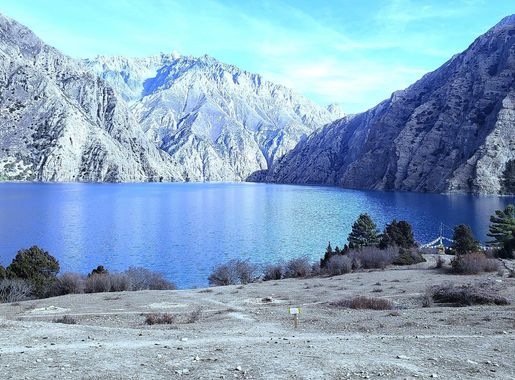
Shey Phoksundo National Park: Nepal's Untamed Wilderness
Discover the pristine beauty of Shey Phoksundo National Park in Nepal, home to the stunning Phoksundo Lake, rare wildlife, and rich cultural heritage.
Shey Phoksundo National Park is a pristine natural sanctuary nestled in the remote Dolpa district of Nepal. Known for its stunning landscapes and biodiversity, it is home to the mesmerizing Phoksundo Lake, the deepest lake in Nepal. The park covers an area of 3,555 square kilometers, offering a rich tapestry of ecosystems ranging from subtropical forests to alpine meadows. The park is a haven for trekkers and nature lovers. The trails weave through rugged mountains, dense forests, and picturesque valleys, providing breathtaking views at every turn. Wildlife enthusiasts will be delighted by the chance to spot rare species such as the elusive snow leopard, the Himalayan blue sheep, and a variety of bird species. Cultural experiences are also abundant in Shey Phoksundo National Park. The park is home to ancient Buddhist monasteries and traditional Tibetan villages, where visitors can immerse themselves in the local culture. The unique Bonpo religion, which predates Buddhism, is still practiced here, adding a mystical element to the journey. Whether you are seeking adventure, peace, or a deeper connection with nature, Shey Phoksundo National Park offers an unforgettable experience. Its untouched beauty and serene environment make it a perfect destination for those looking to escape the hustle and bustle of modern life.
Local tips in Shey Phoksundo National Park
- Best time to visit is from April to November when the weather is favorable for trekking.
- Carry sufficient cash as ATMs and card facilities are scarce in remote areas.
- Acclimatize properly to avoid altitude sickness, especially if trekking to higher elevations.
- Respect local customs and traditions, particularly in monasteries and villages.
- Hire a local guide to enrich your experience and ensure you navigate safely.
Shey Phoksundo National Park: Nepal's Untamed Wilderness
Shey Phoksundo National Park is a pristine natural sanctuary nestled in the remote Dolpa district of Nepal. Known for its stunning landscapes and biodiversity, it is home to the mesmerizing Phoksundo Lake, the deepest lake in Nepal. The park covers an area of 3,555 square kilometers, offering a rich tapestry of ecosystems ranging from subtropical forests to alpine meadows. The park is a haven for trekkers and nature lovers. The trails weave through rugged mountains, dense forests, and picturesque valleys, providing breathtaking views at every turn. Wildlife enthusiasts will be delighted by the chance to spot rare species such as the elusive snow leopard, the Himalayan blue sheep, and a variety of bird species. Cultural experiences are also abundant in Shey Phoksundo National Park. The park is home to ancient Buddhist monasteries and traditional Tibetan villages, where visitors can immerse themselves in the local culture. The unique Bonpo religion, which predates Buddhism, is still practiced here, adding a mystical element to the journey. Whether you are seeking adventure, peace, or a deeper connection with nature, Shey Phoksundo National Park offers an unforgettable experience. Its untouched beauty and serene environment make it a perfect destination for those looking to escape the hustle and bustle of modern life.
When is the best time to go to Shey Phoksundo National Park?
Unmissable attractions to see
Zinpa Dolpo Guide
Experience the breathtaking beauty and rich culture of Zinpa Dolpo, a hidden gem in Nepal's stunning Phoksundo region.
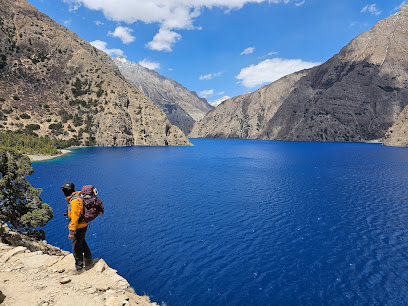
Upper Dolpa Trek
Discover the breathtaking landscapes and rich culture of Nepal on the unforgettable Upper Dolpa Trek, a true adventurer's paradise.
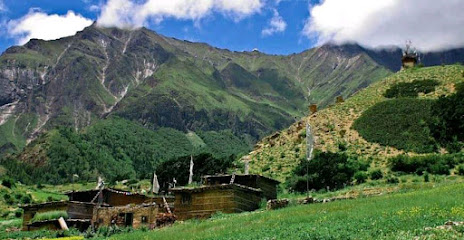
छेप्का बजार
Discover the natural beauty and rich culture of चेप्का बजार, a serene village nestled in the heart of the Himalayas.
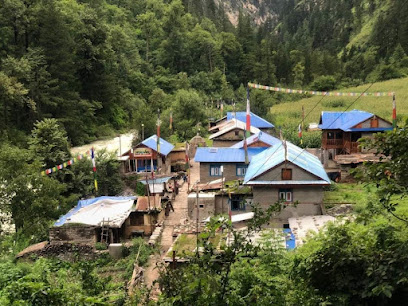
Upper Dolpo Trek
Explore the pristine beauty of Upper Dolpo Trek, a breathtaking Himalayan adventure filled with stunning landscapes and rich cultural experiences.
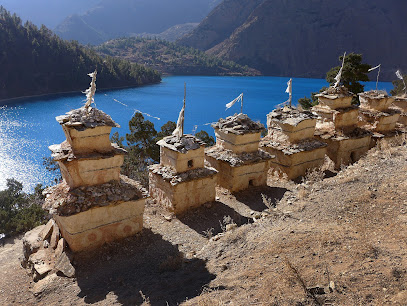
Dolpo Lake
Discover the breathtaking beauty of Dolpo Lake, a hidden gem in Nepal, offering serene landscapes and rich cultural experiences for all nature lovers.

प्रेम ताल Prem Taal
Experience the tranquility and natural beauty of Prem Taal in Kaigaun, a perfect escape for relaxation and reflection amidst nature.
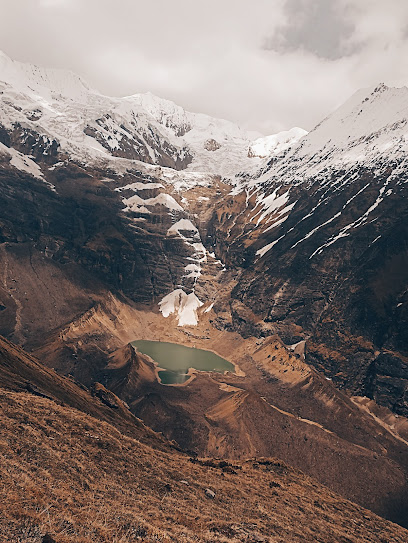
Parvati Kunda
Experience the tranquil beauty of Parvati Kunda, a sacred lake in Dolphu, where nature and spirituality harmoniously converge.

Moksha Daha
Discover the tranquil beauty of Moksha Daha in Patarasi, Nepal – a serene escape surrounded by nature's splendor.

Saptarupa Daha
Discover tranquility at Saptarupa Daha, a serene lakeside destination in Kaigaun, perfect for relaxation and nature exploration.

Nagraaj Daha
Discover the serene beauty and cultural charm of Nagraaj Daha, a hidden gem in Kaigaun, perfect for nature lovers and cultural enthusiasts alike.

Hanuman Sarovar
Discover tranquility at Hanuman Sarovar, a serene lake in Patarasi, where spirituality and nature unite for a memorable experience.

Shey Phoksundo View Point - First
Discover the stunning beauty of Shey Phoksundo View Point, where breathtaking landscapes meet serene tranquility in the heart of Nepal's Dolpo region.
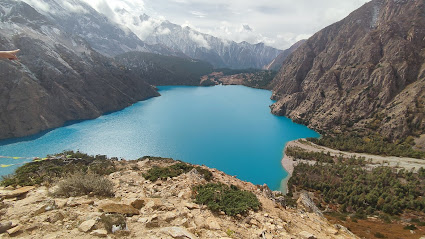
Peak TJ
Experience the breathtaking views and serene beauty of Peak TJ, a hidden gem nestled in the majestic Himalayas of Phoksundo, Nepal.
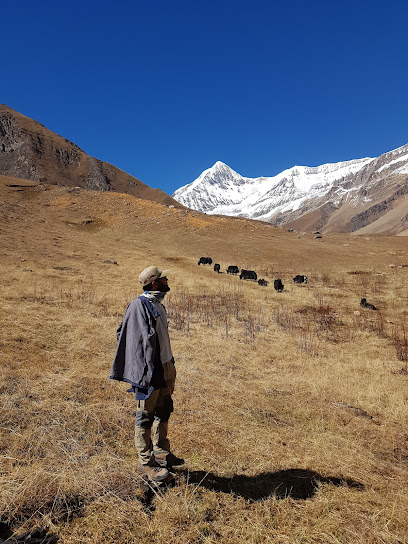
Sankha Daha
Discover the tranquility of Sankha Daha, a picturesque lake in Patarasi, Nepal, perfect for nature lovers and those seeking peaceful retreats.

Sanatan Daha
Experience the tranquil beauty of Sanatan Daha, a serene lake in Dillichaur, Nepal, perfect for relaxation, picnics, and nature photography.

Essential places to dine
Phedi Restaurant
Experience authentic Nepali cuisine amidst the stunning backdrop of Muktinath at Phedi Restaurant.
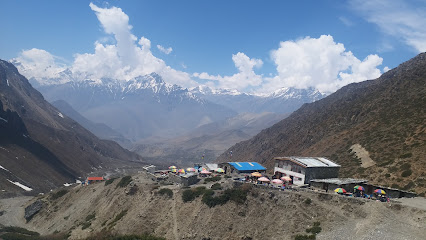
Lopchan's
Discover authentic Nepali flavors at Lopchan's in Godawari - where culinary excellence meets breathtaking views.

Sunkoshi Fresh Fish House
Discover authentic Nepalese cuisine at Sunkoshi Fresh Fish House - where fresh ingredients meet traditional flavors in Mankha.
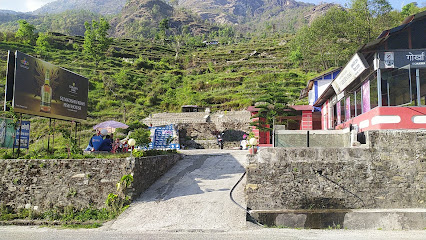
Open Sky Restaurant & Camping
Experience authentic Nepali cuisine amidst breathtaking mountain views at Open Sky Restaurant & Camping in Shikha.
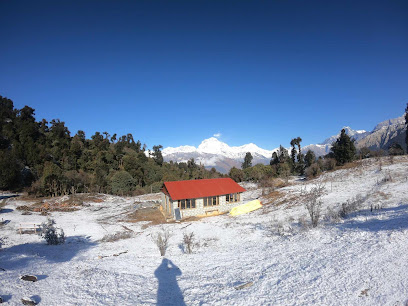
Markets, malls and hidden boutiques
Shey Phoksundo National Park
Explore Shey Phoksundo National Park, a breathtaking blend of stunning landscapes, rich biodiversity, and unique Tibetan culture in the heart of Nepal.
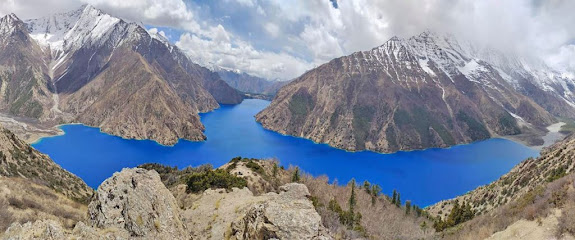
Pushkar General Stores
Explore the local charm at Pushkar General Stores in Dunai, where a delightful shopping experience awaits every traveler.
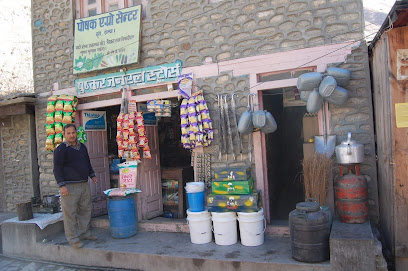
Sidak Tea House
Experience tranquility at Sidak Tea House in Phoksundo, where every sip of tea brings you closer to nature's beauty and serenity.
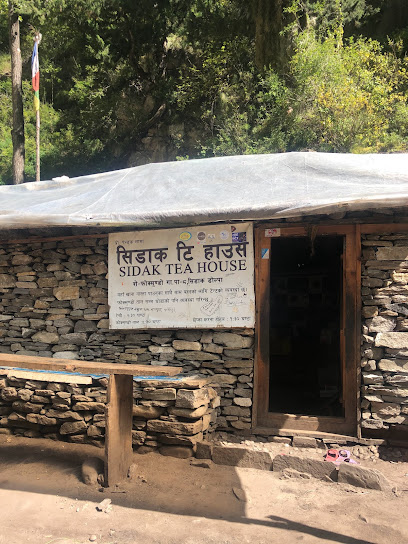
Rc Intarparajej
Explore Rc Intarparajej Shopping Mall in Tripurakot: A vibrant shopping destination blending local culture with modern retail experiences.
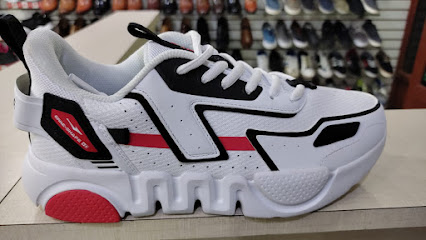
Saru Stationary & Computer Sales Center
Explore the Saru Stationary & Computer Sales Center in Chandannath for a diverse selection of office supplies and a taste of local commerce.

Putha Himalaya interprizes
Discover the heart of Nepali craftsmanship at Putha Himalaya Interpretizes, a unique store in Ranmamaikot showcasing local artistry and culture.

Manakamana Store
Explore Manakamana Store in Chandannath for a taste of local liquor and products, capturing the essence of Nepal's vibrant culture.
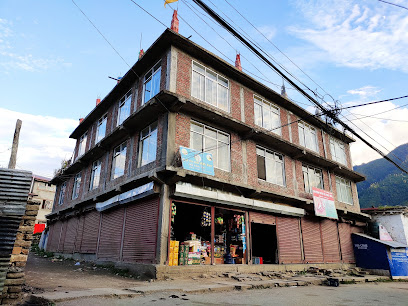
Shey Phoksundo View Point - First
Discover the breathtaking Shey Phoksundo View Point in Nepal for stunning views of Phoksundo Lake and the majestic Himalayas.
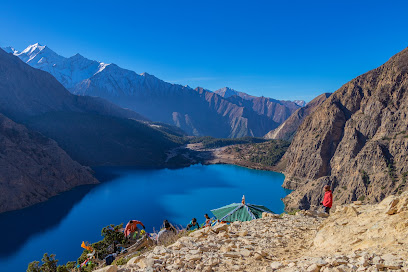
देउला चौर
Explore the vibrant Deula Chaur in Ramidanda, a local store that embodies the artistry and culture of Nepal through its unique handmade goods and delicious regional treats.

नयन एन्ड सोनु जनरल स्टोर
Explore the vibrant local culture at नयन एन्ड सोनु जनरल स्टोर, your go-to for unique souvenirs and essential items in the heart of the community.
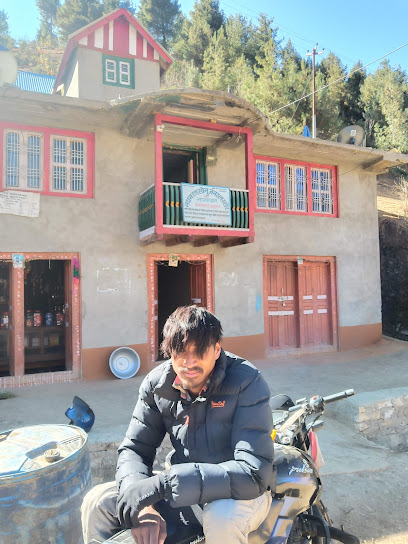
HAMAL FANCY & KIRANA STORE
Explore local fashion and unique souvenirs at Hamal Fancy & Kirana Store in Tripurakot, an essential stop for every traveler.

VIJER DOLPA
Discover the heart of Nepali culture at Vijer Dolpa, a homestay that offers warmth, comfort, and access to stunning natural adventures.
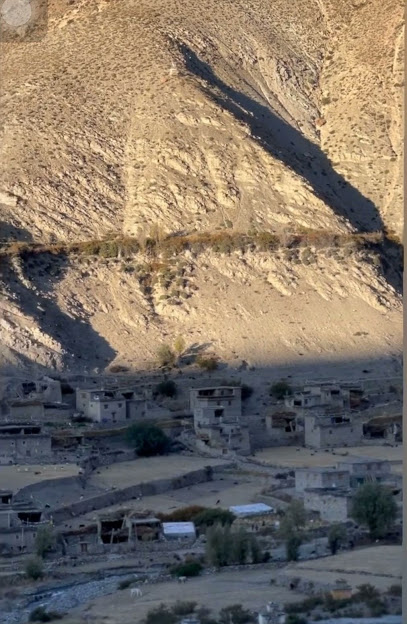
Kamala fancy House
Explore the eclectic styles at Kamala Fancy House in Tripurakot, where local craftsmanship meets modern fashion in a vibrant shopping experience.
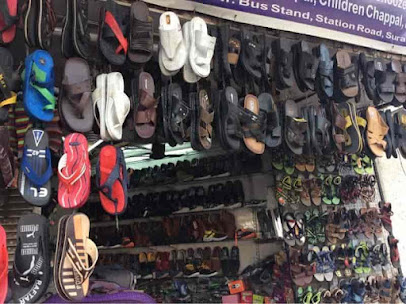
Mu:Ma general store
Explore the charm of Mu:Ma General Store in Chandannath, where local fashion meets unique craftsmanship for an unforgettable shopping experience.

Organic Mini Market
Explore the Organic Mini Market in Chandannath for fresh produce and local delights that showcase the essence of sustainable living.

Essential bars & hidden hideouts
Basnet Hotel & Hukka Center
Discover the culinary treasures of Rimi at Basnet Hotel & Hukka Center, where local flavors meet cozy ambiance for an unforgettable dining experience.
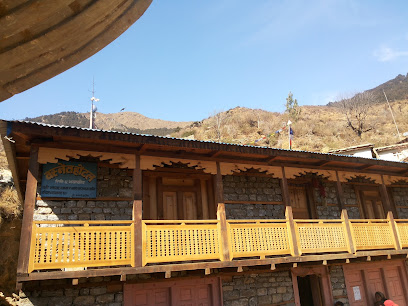
Zero Point Bhulbhule
Discover authentic Nepali flavors and global cuisine at Zero Point Bhulbhule in Bumramadichaur, a culinary gem for every traveler.
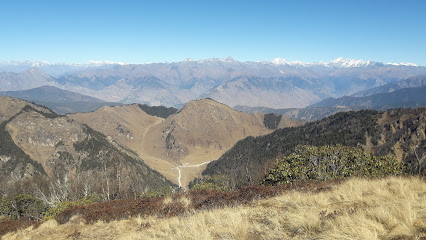
radio suntharali fm
Experience the vibrant atmosphere and local culture at Radio Suntharali FM, a must-visit bar in Kumalgaun for every traveler.
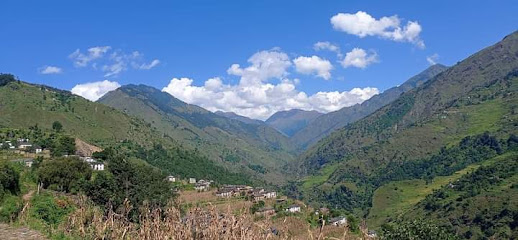
Pradip cold store
Experience the local charm and refreshing drinks at Pradip Cold Store in Malibang, a perfect spot for tourists to unwind and connect.

Shey-karnali hotel and lodge
Experience authentic local cuisine in the stunning landscapes of Phoksundo at Shey-Karnali Hotel and Lodge, where nature meets culinary delight.
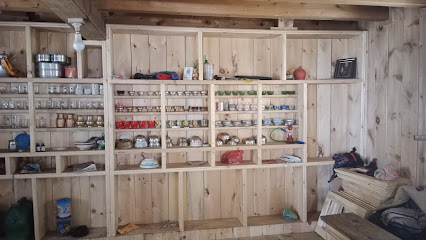
Samim miya
Experience the vibrant nightlife at Samim Miya, a popular bar in Pulu, Nepal, where local culture meets refreshing beverages in a lively atmosphere.

प्रतिमा निवास
Discover the lively ambiance of प्रतिमा निवास, a bar in Syalakhadi offering refreshing local beverages and a vibrant atmosphere.

भलाबोट
Experience the vibrant nightlife of Mahat at भलाबोट, a bar offering a mix of local culture, great drinks, and lively entertainment.
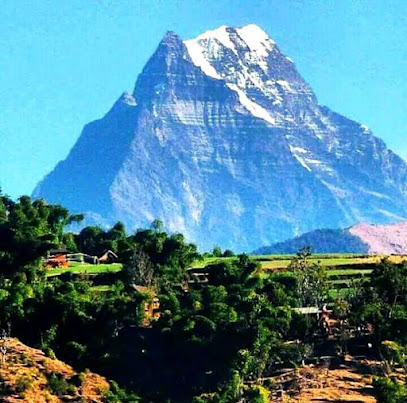
डबल नाथ होम
Discover the vibrant local nightlife at डबल नाथ होम, a lively bar in Majhakot offering a unique blend of drinks and culture.

Sileto Restro & bhansa Ghar
Discover the vibrant flavors of Nepal at Sileto Restro & Bhansa Ghar, a must-visit bar and restaurant in Kathmandu.
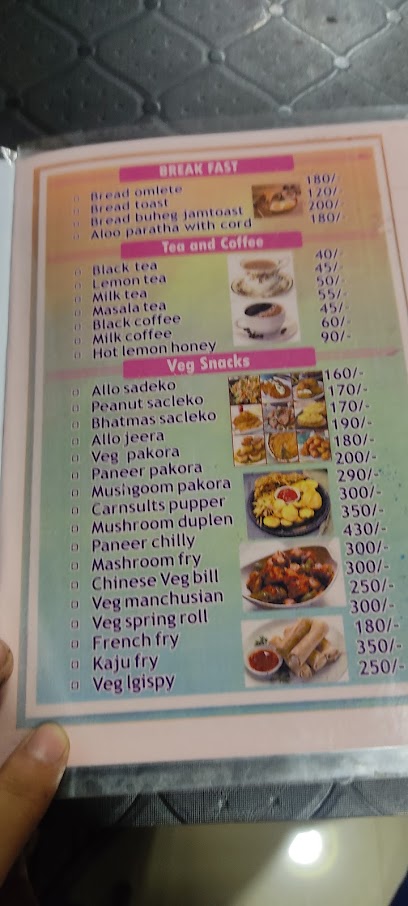
Housh
Uncover the vibrant nightlife at Housh, Luyata's premier live music bar, where local culture and electrifying performances create unforgettable memories.

NRC SUPPLIERS
Discover the vibrant local culture at NRC Suppliers, a must-visit bar in Pakhapani offering a unique blend of drinks and social atmosphere.
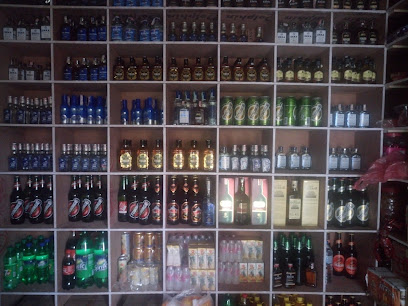
गाउँ को साझा पानी खाने धारा
Discover the vibrant flavors at गाउँ को साझा पानी खाने धारा, a delightful tapas bar in Raku offering an authentic local dining experience.

Jkk
Discover Jkk, a cozy bar in Kotjahari offering local drinks, a friendly atmosphere, and a taste of the vibrant nightlife.

Dipak Kumar dangi
Discover the vibrant nightlife of Simli at Dipak Kumar Dangi, a lively bar where locals and tourists unite over drinks and music.

Local Phrases about Shey Phoksundo National Park
-
- Helloनमस्ते
[namaste] - Goodbyeफेरि भेटौं
[pheri bhetou] - Yesहो
[ho] - Noहोइन
[hoin] - Please/You're welcomeकृपया
[krupaya] - Thank youधन्यवाद
[dhanyabad] - Excuse me/Sorryमाफ गर्नुहोस्
[maaf garnuhos] - How are you?तपाईंलाई कस्तो छ?
[tapailai kasto chha?] - Fine. And you?ठिकै छ। तपाईंलाई?
[thikai chha. tapailai?] - Do you speak English?तिमी अंग्रेजी बोल्छौ?
[timi angreji bolchhau?] - I don't understandमलाई सम्झिन्छैन
[malai samjhinchain]
- Helloनमस्ते
-
- I'd like to see the menu, pleaseकृपया मेनु हेर्न चाहन्छु
[krupaya menu hern chahanchu] - I don't eat meatम भांसिन कुरा खान्नु हुदैन
[ma bhasin kura khannu hudaina] - Cheers!शुभकामना!
[shubhakamana!] - I would like to pay, pleaseकृपया भुक्तानी गर्न चाहन्छु
[krupaya bhuktani garn chahanchu]
- I'd like to see the menu, pleaseकृपया मेनु हेर्न चाहन्छु
-
- Help!मदद गर्नुहोस्!
[madad garnuhos!] - Go away!दूर हुनुहोस्!
[dur hunuhos!] - Call the Police!प्रहरीलाई बुझाउ!
[praharilai bujhaau!] - Call a doctor!डाक्टरलाई बुझाउ!
[daktarlai bujhaau!] - I'm lostमलाई हरायो
[malai harayo] - I'm illमलाई बिरामी छ
[malai birami chha]
- Help!मदद गर्नुहोस्!
-
- I'd like to buy...म खरिद गर्न चाहन्छु...
[ma kharid garn chahanchu...] - I'm just lookingम सिर्जना गरिरहेको छु
[ma sirjana gari raheko chu] - How much is it?यो कति पर्छ?
[yo kati parchh?] - That's too expensiveत्यो धेरै महँगो छ
[tyo dherai mahango chha] - Can you lower the price?तपाईं मुल्य कम गर्न सक्नुहुन्छ?
[tapailai mulya kam garn saknuhunchha?]
- I'd like to buy...म खरिद गर्न चाहन्छु...
-
- What time is it?कति बजेको छ?
[kati bajeko chha?] - It's one o'clockएक बजे छ
[ek baje chha] - Half past (10)दश बजे अर्धवटा
[dash baje ardhwata] - Morningबिहान
[bihan] - Afternoonदिउँसो
[diunso] - Eveningसाँझ
[sanh] - Yesterdayहिजो
[hijo] - Todayआज
[aaj] - Tomorrowभोलि
[bholi] - 1एक
[ek] - 2दुई
[dui] - 3तीन
[tin] - 4चार
[char] - 5पाँच
[paanch] - 6छ
[chha] - 7सात
[saat] - 8आठ
[aath] - 9नौ
[nau] - 10दस
[das]
- What time is it?कति बजेको छ?
-
- Where's a/the...?कहाँ छ ...?
[kaha chha ...?] - What's the address?ठेगाना के हो?
[thegana ke ho?] - Can you show me (on the map)?तपाईं मलाई देखाउन सक्नुहुन्छ (नक्सामा)?
[tapailai malai dekhaun saknuhunchha (naksama)?] - When's the next (bus)?अर्को (बस) कहिले छ?
[arko (bas) kahile chha?] - A ticket (to ....)एक टिकट (सम्म ....)
[ek ticket (samma ....)]
- Where's a/the...?कहाँ छ ...?
History of Shey Phoksundo National Park
-
Established in 1984, Shey Phoksundo National Park is Nepal's largest national park, covering an area of 3,555 square kilometers. Located in the Dolpa and Mugu districts, the park is renowned for its scenic beauty, including the pristine Phoksundo Lake and the rugged peaks of the Kanjiroba Himal. The park is also home to a diverse range of flora and fauna, including the endangered snow leopard and the blue sheep.
-
The Dolpo region, where Shey Phoksundo National Park is located, has been a stronghold of the ancient Bon religion. This spiritual tradition predates Buddhism and has left a significant cultural imprint on the area. Visitors can find numerous Bon religious sites, including shrines, monasteries, and chortens (stupas). The most notable is the Shey Gompa, a 12th-century monastery that remains a vital center for Bon practitioners.
-
Phoksundo Lake, situated at an altitude of 3,611 meters, is one of the most iconic features of the national park. The lake's striking turquoise blue color and clarity are attributed to its glacial origins. According to local legend, the village of Ringmo, located on the lake's southern shores, was once cursed by a demon. The villagers, in a bid to protect themselves, summoned a powerful Buddhist lama who successfully banished the demon into the lake, giving rise to its mystical qualities.
-
The remote Dolpo region has a long history of Tibetan influence due to its proximity to the Tibetan plateau. This influence is evident in the local culture, architecture, and trade practices. Historically, Dolpo served as a crucial trade route where salt, wool, and barley were exchanged between Nepal and Tibet. The caravans of yaks and mules that traversed these rugged terrains were a common sight and played a vital role in sustaining the local economy.
-
In the modern era, Shey Phoksundo National Park has gained recognition as a significant conservation area. The park's establishment in 1984 aimed to protect its unique ecosystems and cultural heritage. Efforts have been made to balance conservation with the needs of the indigenous communities, who rely on traditional practices for their livelihoods. The park is also a popular destination for trekkers and adventurers, drawn by its unspoiled landscapes and cultural richness.
-
Shey Phoksundo National Park gained international fame through the 1999 film 'Himalaya' (also known as 'Caravan'). The movie, directed by Eric Valli, was nominated for an Academy Award for Best Foreign Language Film. It showcases the breathtaking landscapes of the park and tells the story of a Dolpo village, highlighting their culture and the challenges they face. The film brought global attention to the region and its natural beauty.
Shey Phoksundo National Park Essentials
-
Shey Phoksundo National Park is located in the Dolpa District of Nepal. The nearest airport is Juphal Airport, which is approximately 2.5 hours away by flight from Kathmandu. From Juphal, it is a trek of about 2 days to reach the park. Alternatively, you can take a bus or jeep from Kathmandu to Nepalgunj, followed by a flight to Juphal.
-
Within Shey Phoksundo National Park, transportation is primarily on foot. The rugged terrain and lack of roads make trekking the most viable option. Porters and yaks can be hired to carry your gear. For longer distances outside the park, local buses and jeeps are available but schedules can be unpredictable.
-
The official currency in Nepal is the Nepalese Rupee (NPR). Credit cards are not widely accepted in the Dolpa District, so it is advisable to carry sufficient cash. ATMs are sparse and may not be reliable, so withdrawing cash in Kathmandu or Nepalgunj before embarking on your journey is recommended.
-
Shey Phoksundo National Park is generally safe for tourists. However, it is essential to take standard precautions, such as not trekking alone and keeping an eye on your belongings. There are no specific high-crime areas targeting tourists, but staying vigilant is always advisable.
-
In case of emergency, contact the nearest park office or local authorities. It is crucial to have travel insurance that covers medical emergencies and evacuation. For minor health issues, carry a basic first aid kit. The nearest medical facilities are in Dunai, the district headquarters of Dolpa.
-
Fashion: Do dress modestly and in layers to accommodate varying temperatures. Avoid wearing revealing clothing. Religion: Do respect local customs and religious sites. Always ask for permission before taking photos of people or religious artifacts. Public Transport: Do be patient and flexible with schedules. Don't expect punctuality. Greetings: Do greet people with a 'Namaste' and a slight bow. Eating & Drinking: Do try local foods but be cautious with street food. Don’t refuse hospitality, as it is considered impolite.
-
To experience Shey Phoksundo National Park like a local, engage with the local communities and learn about their way of life. Participate in local festivals if your visit coincides with one. Visit the Phoksundo Lake and the ancient Shey Gompa monastery for a deeper cultural experience. Hiring a local guide can enhance your understanding of the area's history and culture.
Nearby Cities to Shey Phoksundo National Park
-
Things To Do in Pokhara
-
Things To Do in Bandipur
-
Things To Do in Gorkha
-
Things To Do in Chitwan
-
Things To Do in Kathmandu
-
Things To Do in Patan
-
Things To Do in Bhaktapur
-
Things To Do in Nagarkot
-
Things To Do in Lucknow
-
Things To Do in Kanpur
-
Things To Do in Namche Bazaar
-
Things To Do in Rishikesh
-
Things To Do in Varanasi
-
Things To Do in Patna
-
Things To Do in Agra



